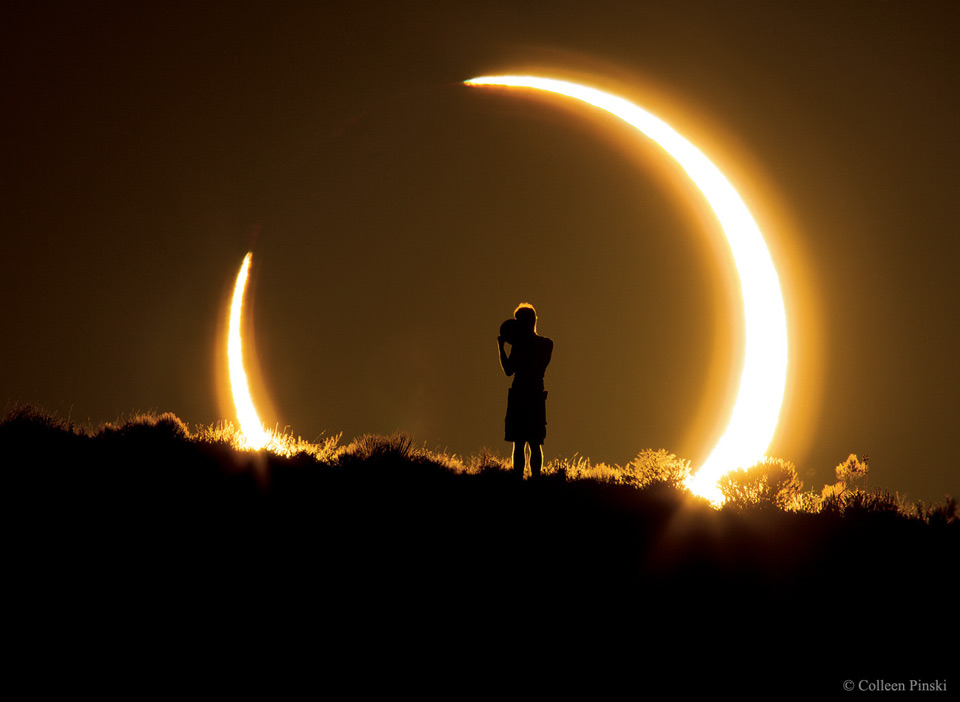How to Watch the ‘Ring of Fire’ Annular Solar Eclipse This Year
If you are a fan of celestial events, you might want to mark your calendar for October 14, 2023. On this day, a rare and spectacular phenomenon will occur in the sky: an annular solar eclipse, also known as the ‘ring of fire’. This is when the moon covers the sun’s disc, but leaves a thin ring of sunlight visible around the edges. It is a stunning sight that you don’t want to miss.
What is an annular solar eclipse?
An annular solar eclipse happens when the moon is farther away from the earth than usual, making it appear smaller in the sky. This means that it cannot block the entire sun, unlike a total solar eclipse. Instead, it creates a bright ring or annulus of light around the dark moon. The word ‘annular’ comes from the Latin word ‘annulus’, which means ‘ring’.

An annular solar eclipse is different from a partial solar eclipse, which occurs when the moon covers only a part of the sun. In a partial solar eclipse, you will see a crescent-shaped sun or a bite taken out of it. A partial solar eclipse can be seen by more people than an annular or total solar eclipse, as it covers a larger area.
Where will the annular solar eclipse be visible?
The annular solar eclipse on October 14, 2023 will be visible only along a narrow path that crosses the USA from Oregon to Texas. It will then pass over Mexico’s Yucatán Peninsula, parts of Belize, Guatemala, Honduras, Nicaragua, Costa Rica, Panama, Colombia, and Brazil. The rest of the Americas – from Alaska to Argentina – will see a partial solar eclipse.
Unfortunately, the annular solar eclipse will not be visible in India. However, you can still watch it online through live streams or videos. You can also check out some photos and videos of previous annular solar eclipses to get an idea of what it looks like.
How to watch the annular solar eclipse safely
To watch an annular solar eclipse safely, you need to use special glasses or filters that block most of the sun’s rays. Do not look directly at the sun without protection, as it can damage your eyes. You can also use a pinhole projector or a telescope with a solar filter to project the image of the sun onto a screen or a wall.
An annular solar eclipse is a rare and beautiful event that occurs once in a while. The next one will happen on February 17, 2026. Don’t miss this opportunity to witness the ‘ring of fire’ in the sky!






